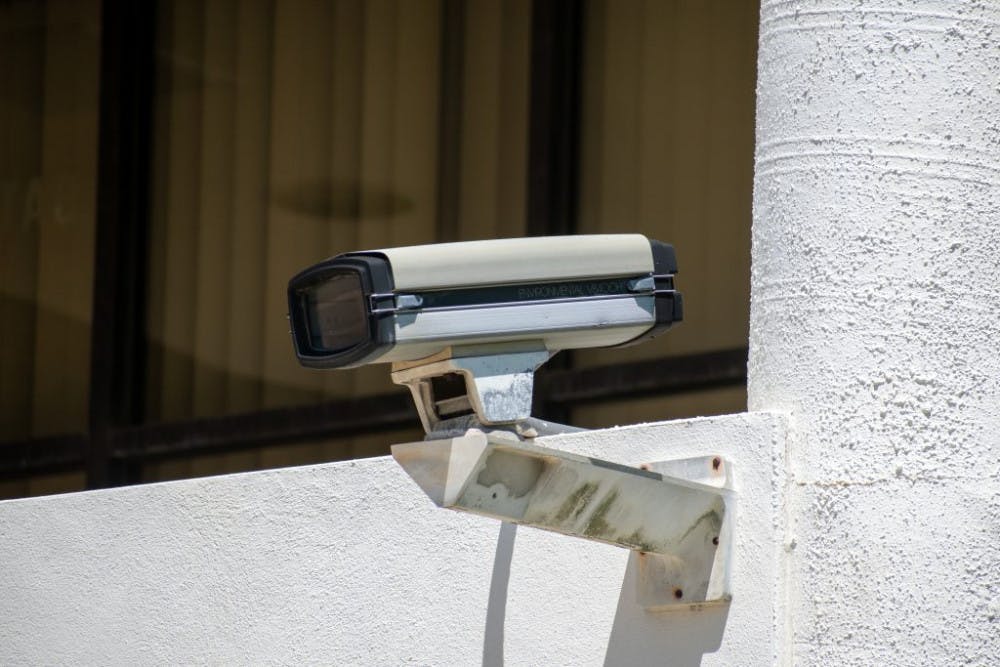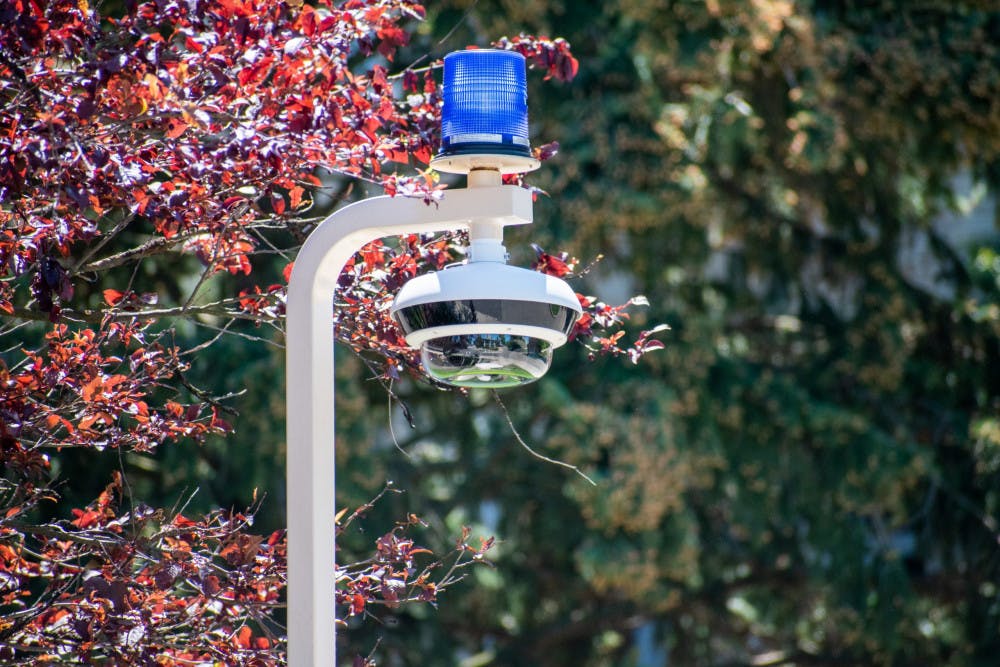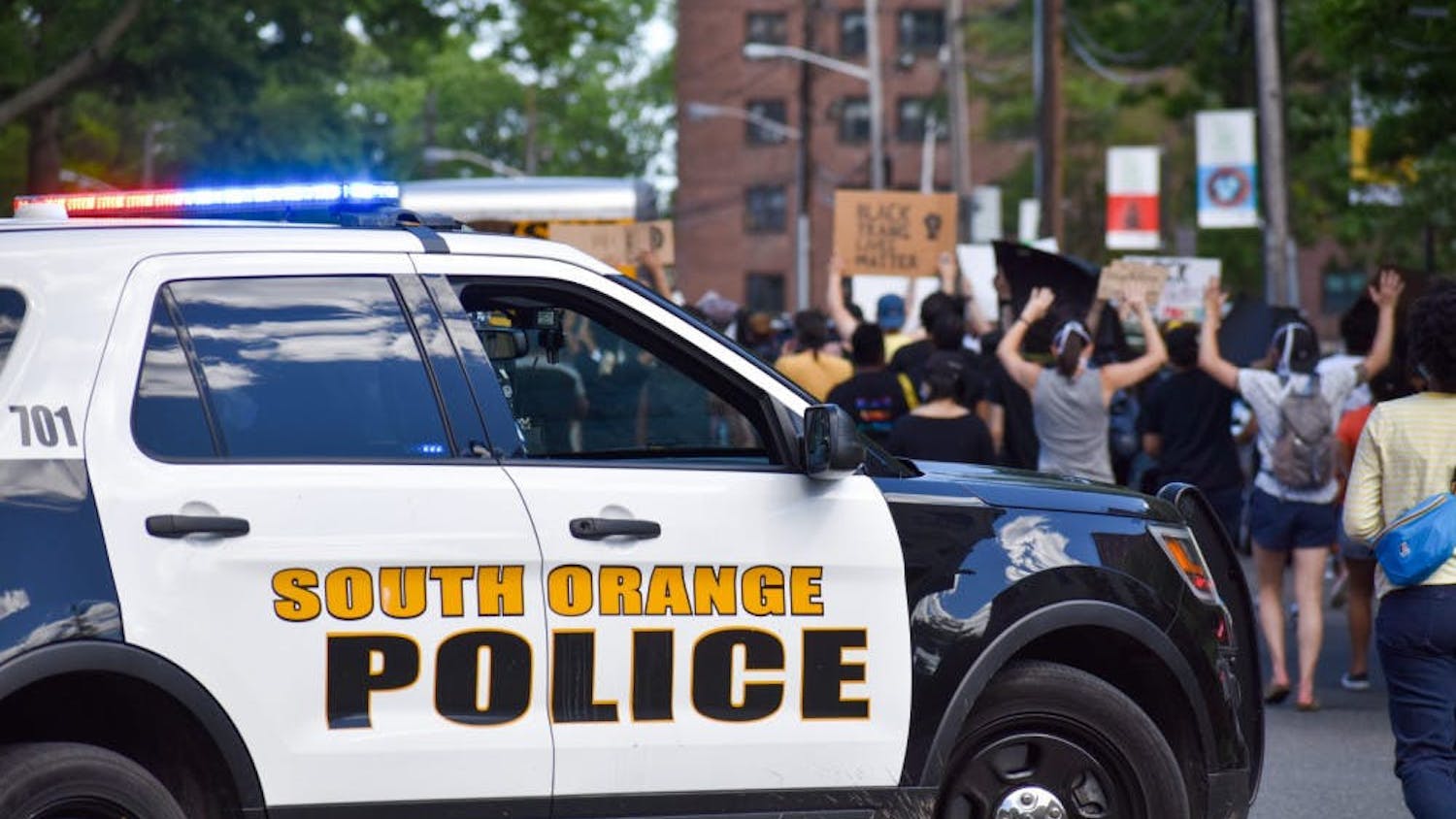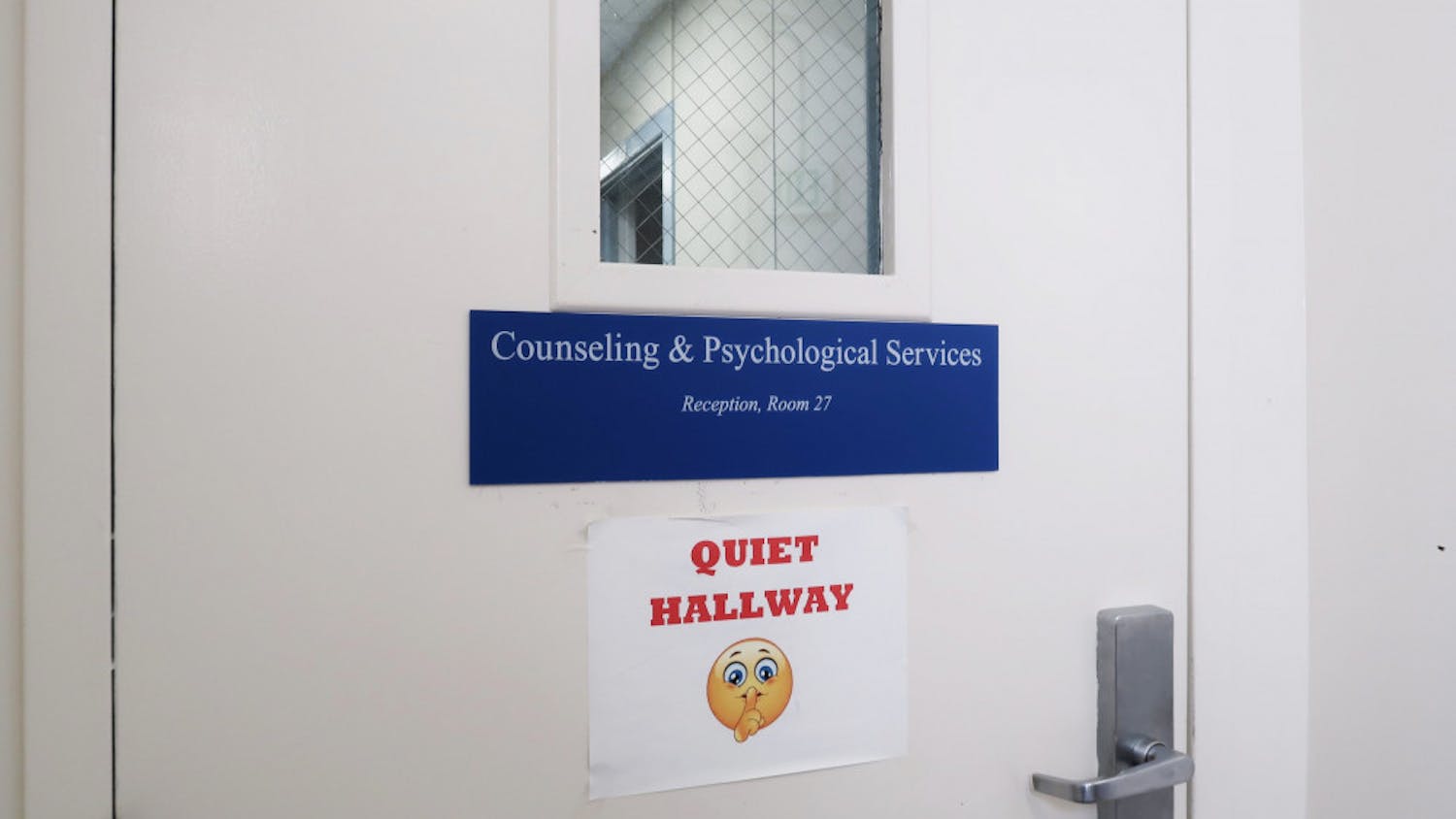The South Orange Police Department (SOPD) has announced plans to expand its surveillance network throughout the Village, installing new cameras over the next five years in an attempt to reduce crime.
The department will replace its existing 13 cameras, and add “between 50 and 70” new cameras, each equipped with facial recognition technology, which will be used “primarily for investigative purposes,” SOPD Sgt. Richard Lombardi told The Setonian.
Lombardi said that footage would not be monitored in real-time, and would only be accessible to “authorized individuals.”

SOPD’s new cameras will be sourced from the private security startup Verkada.
Controversially, the firm's cameras use facial recognition and other AI data processing tools to enable users to search live feeds and archived video recordings. The company provides unlimited cloud storage for recordings.
Verkada’s system, which the company calls “People Analytics,” “pushes the boundaries of enterprise video security,” enabling its users — in this case, the SOPD — to detect and compare people’s clothing and faces throughout the system.
SOPD will be able to feed the software an image of a face and see where in the Village that face was detected - live and in the archived videos. A warrant is not required.
In addition to privacy concerns, residents have raised questions about cybersecurity. In March, hackers were able to obtain access to the video archives of all of Verkada’s users worldwide, including hospitals and prisons, Bloomberg News reported.
SOPD representatives declined to comment on privacy or security concerns and referred the Setonian to the department’s statements in The Village Green, which published an opinion article calling on South Orange’s Trustees to delay the installation of the cameras and consult the public.
It is not clear where the new cameras will be placed. Spread evenly, 80 SOPD cameras is equivalent to one for approximately every 0.036 square miles of South Orange.

SOPD currently asks businesses and individuals to register for a voluntary surveillance network, wherein the department can gain access to private security networks in businesses and homes, such as doorbell security systems. It is not clear how many cameras are registered through this network.
Captain Stephen Dolinac, who becomes acting chief of the department on May 1, said that the cameras are not “surveillance,” as footage will not be actively monitored in real-time. Rather, they say, the footage will be used after an incident is reported.
According to The Village Green, SOPD currently does not have body cameras, which will be required and largely funded by the state on June 1.
The Community Police Collaborative (CPC) published a statement saying that it has been meeting with SOPD to learn about the plan.
“We are continuing to work with the public, and our Village government and SOPD partners to understand the scope of the project and the privacy concerns it raises,” their statement to the Village Green said. “We will make recommendations when we have completed that work.”
The Community Police Collaborative was formed early last year with the primary goal of building collaboration between the police and the community and to better understand police department data, Trustee Donna Coallier told The Setonian in March.
Seton Hall students were divided on the use of increased surveillance.
Junior visual and sound media major Sean Keegan said he has researched police surveillance and facial recognition in the past.
“Expanding surveillance technology, especially with facial recognition capabilities like the one SOPD is planning to install, is a violation of civil liberties,” Keegan said. “The expansion of surveillance by the SOPD, or by any police department, is absolutely a step too far.”
Shaira Taylor, a student pursuing a masters in international affairs said she supports the new surveillance program.
“I believe that upgrades in surveillance is a must,” Taylor said. “This new camera system would assist campus police ensure security and provide recognition of the perpetrator, which would lead to quicker apprehension.”
Second year graduate diplomacy student Chimdi Chukwukere said that the new cameras could be used for good or bad.
“This tech advancement in South Orange sure has its good side, as we see in cities like East Orange, where the Police are able to monitor certain communities for crime patterns as observed through surveillance cameras,” Chukwukere said.
He said he fears, however, that biased programming could lead to automated racial profiling.
“Algorithms fed into these AI systems could carry already lingering biases and stereotypes into these machines, thereby automating discriminations which will prove difficult to reverse,” he said. “Due to low representation of BIPOC in tech communities, some of these surveillance tools are trained with data that makes them susceptible to flag Blacks and people of color based on already fed biases.”
Junior visual and sound major Emily Feazel said she was also concerned that the new technology could lead to increased racial profiling.
“Added surveillance in South Orange is ridiculous and unnecessary,” Feazel said. “In general, the South Orange Police Department is constantly over-policing at best and racist at worst.”
Sophomore biology major Jenna Mustafa said she feels that 80 cameras is excessive.
“I think 12-24 cameras would be more than sufficient,” she said. “I also feel that warrants should be required to look into the security footage and it would be better to keep the footage local than on a cloud easily accessed by anyone.”
Daniel O’Connor can be reached at daniel.oconnor1@student.shu.edu. Find him on Twitter @itsDanOConnor.
Marie Leone contributed to reporting in this article. She can be reached at marie.leone@student.shu.edu.





